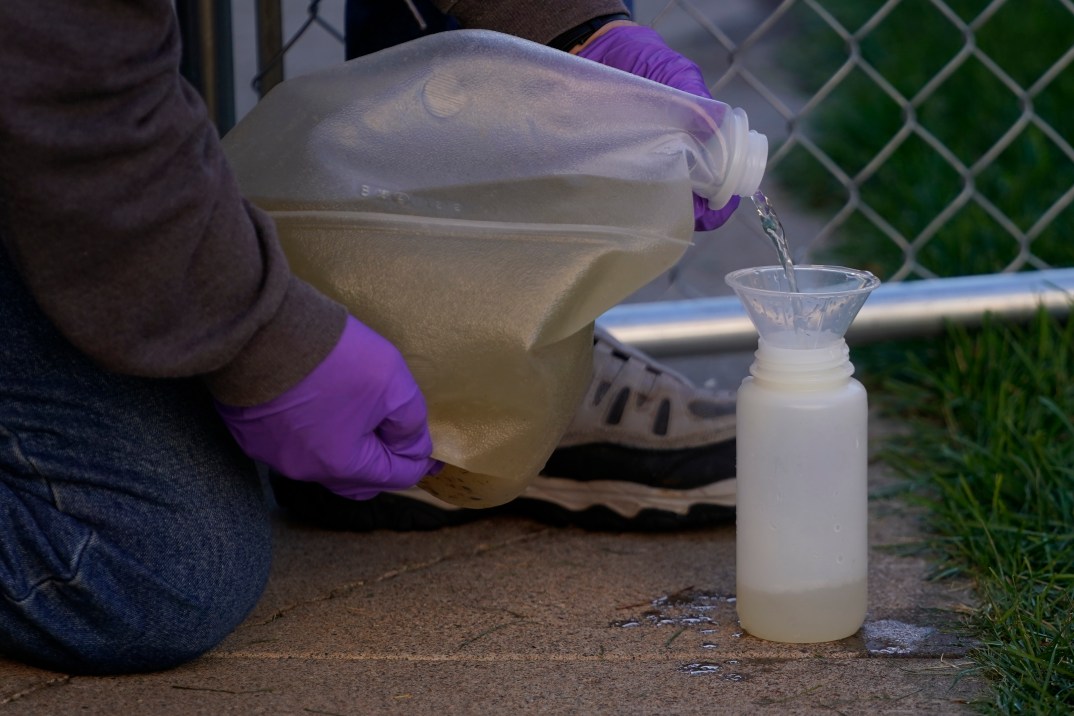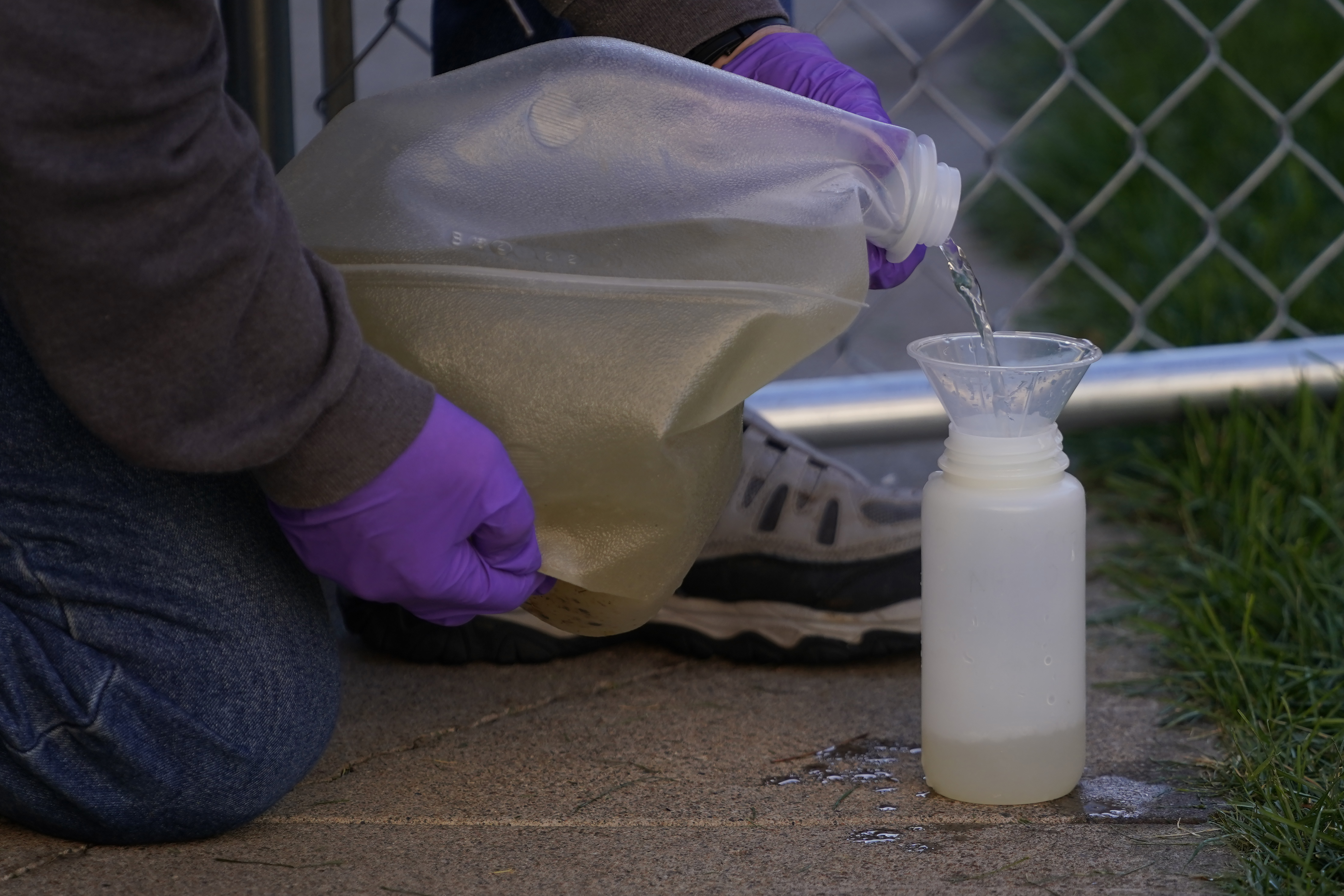Wastewater tests can find mpox, study finds. Expect more bugs to be tracked that way
Amy Kirby, who oversees the CDC’s wastewater surveillance work, said initially they didn't know if the tests would work for a rare infection like mpox.

NEW YORK (AP) — Wastewater testing does a good job at detecting mpox infections, U.S. health officials said in a report Thursday that bolsters a push to use sewage to track more diseases.
U.S. Centers for Disease Control and Prevention researchers found that over the course of a week, there was a 32% likelihood the tests would detect the presence of at least one person infected with mpox in a population ranging from thousands to millions.
Amy Kirby, who oversees the CDC’s wastewater surveillance work, said initially they didn’t know if the tests would work for a rare infection like mpox.
Recommended Stories
“It turns out it worked really very well,” she said.
The chance that the tests could detect infections rose as more people were infected. When there were 15 or more people infected in a community, there was a 76% chance wastewater testing could find mpox.
The water that goes down a sink, shower drain or toilet can carry bits of viruses or bacteria that come off the skin or are excreted in urine or poop. Studies have shown wastewater testing can be an early warning system, signaling a bug has hit a community even before doctors start reporting cases.
Whole cities can be watched from a single sample, said Joshua Levy, a researcher at the Scripps Research Institute in California who has studied wastewater monitoring and develops related technology.
“Almost every kind of virus that we’ve gone looking for is detectable,” Levy said.
The U.S. monitoring system is growing but still a patchwork. Currently, 863 of the nation’s 3,143 counties — roughly a quarter — are reporting wastewater data to the CDC. Those are larger counties that are home to most of the U.S. population, but it misses a lot of rural homes that aren’t hooked up to municipal sewage systems.
This approach to disease tracking rose to prominence in 2020, when health officials began testing wastewater for genetic evidence of the coronavirus. It has grown into a mainstay of the CDC’s COVID-19 tracking as fewer nasal swab test results are reported.
In 2022, the CDC began working with a small group of cities to also look for polio in wastewater. That same year also saw a new effort to look for mpox, previously known as monkeypox, which erupted in outbreaks in the U.S. and other countries.

In the new study, the CDC looked at wastewater samples from 89 sites in 16 states, taken from August 2022 through May 2023. When mpox DNA was detected, the researchers checked cases reported by doctors “to basically see if we were seeing the same thing,” said the CDC’s Carly Adams, the lead author of the report.
It not only worked, the approach appears to be more sensitive for detecting mpox than COVID-19, CDC officials said. CDC officials, however, cautioned it is difficult to do head-to-head-comparisons, because of differences among germs and how well doctors are diagnosing and reporting cases of various diseases.
The CDC has also begun collecting data for flu and RSV — about 40 states have been testing for those viruses and reporting that data. The agency isn’t yet posting it publicly as officials work through the best ways to display it, though Kirby said it should go live by next fall.
The agency also plans to start tracking germs that are resistant to antibiotics. And Kirby said by early next year the agency would start monitoring some food poisoning bugs.
“Wastewater surveillance is outperforming everyone’s expectations,” Kirby said. “We are really excited to see where else we can apply this new tool to help us understand disease in communities.”
Never miss a beat: Get our daily stories straight to your inbox with theGrio’s newsletter.








